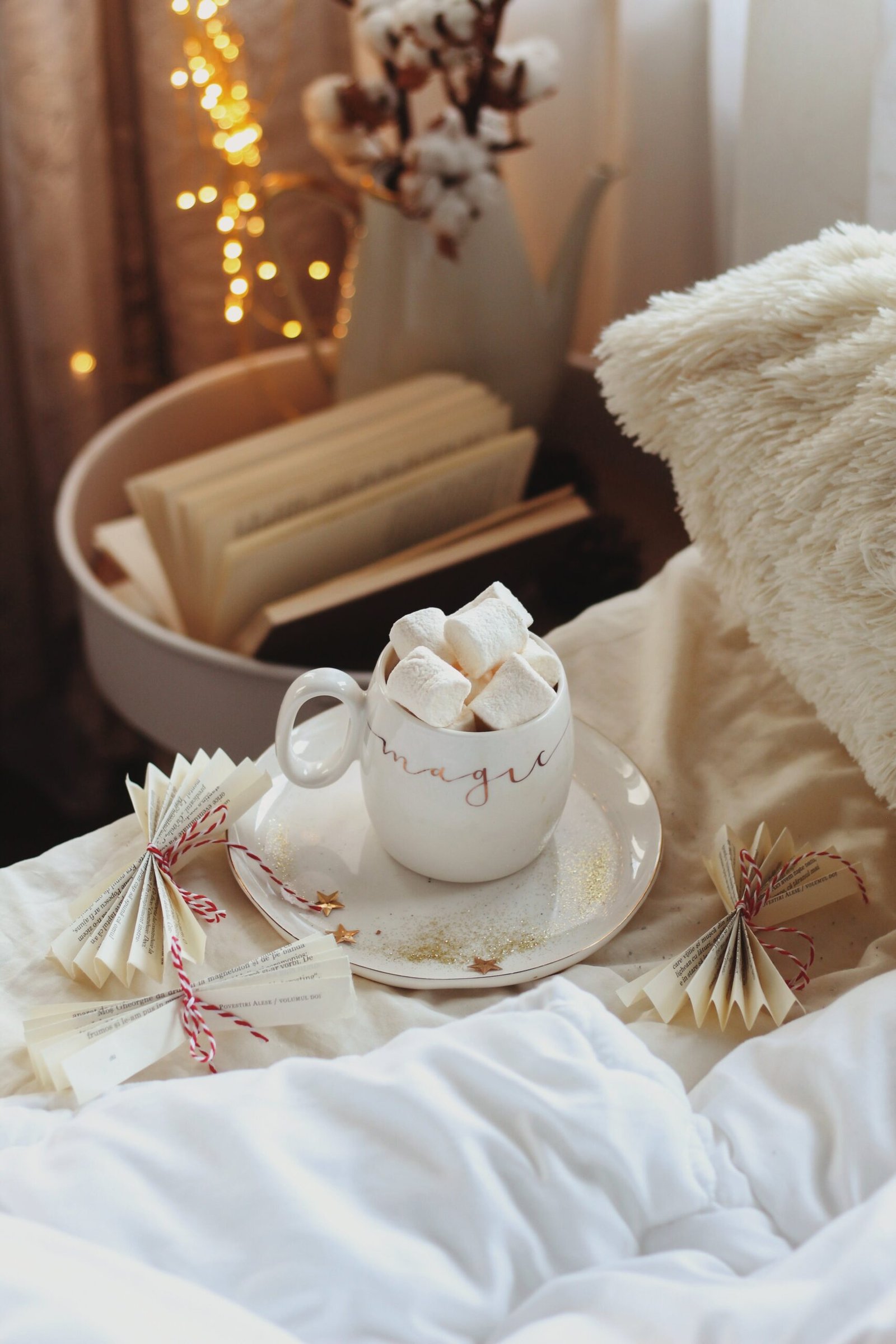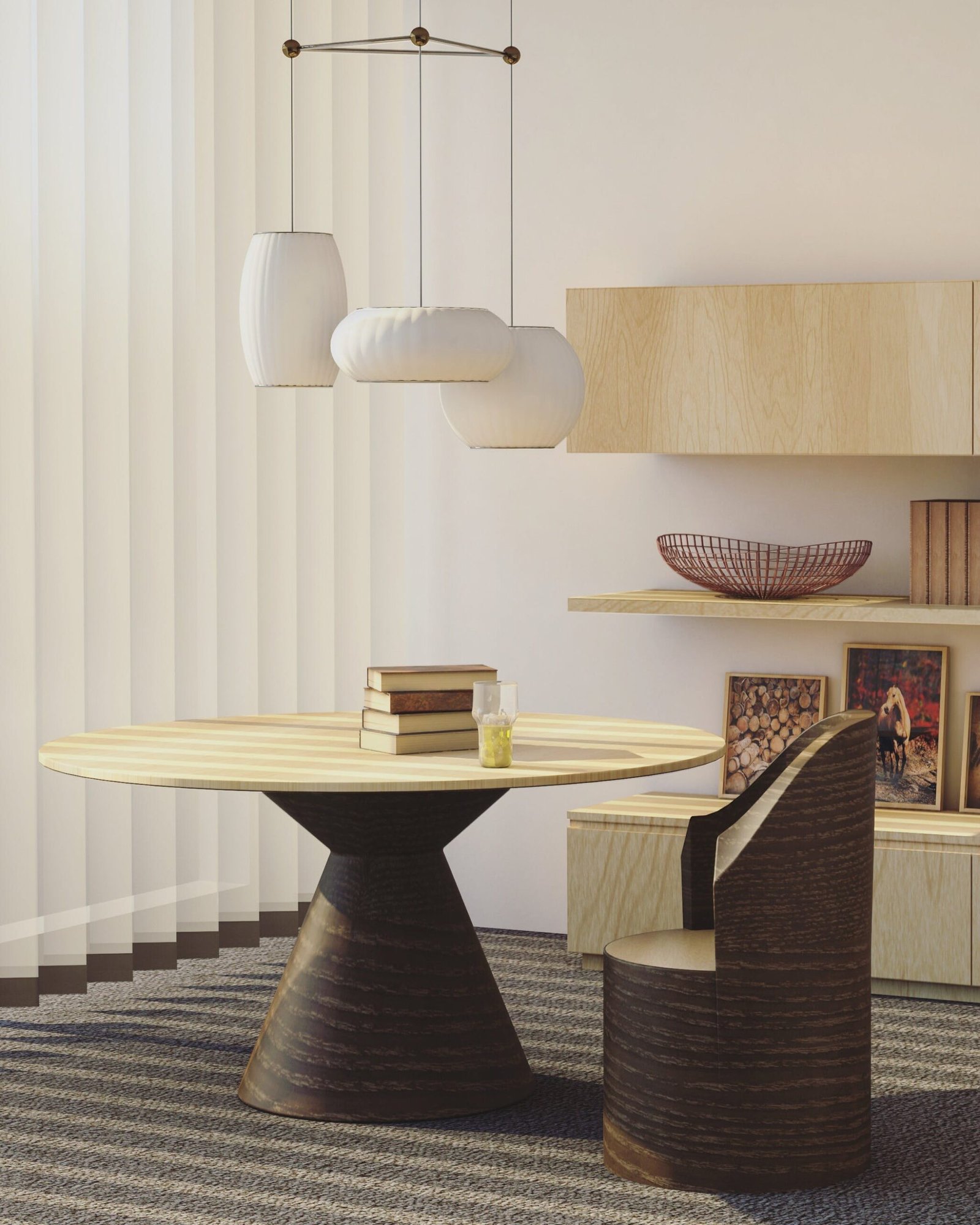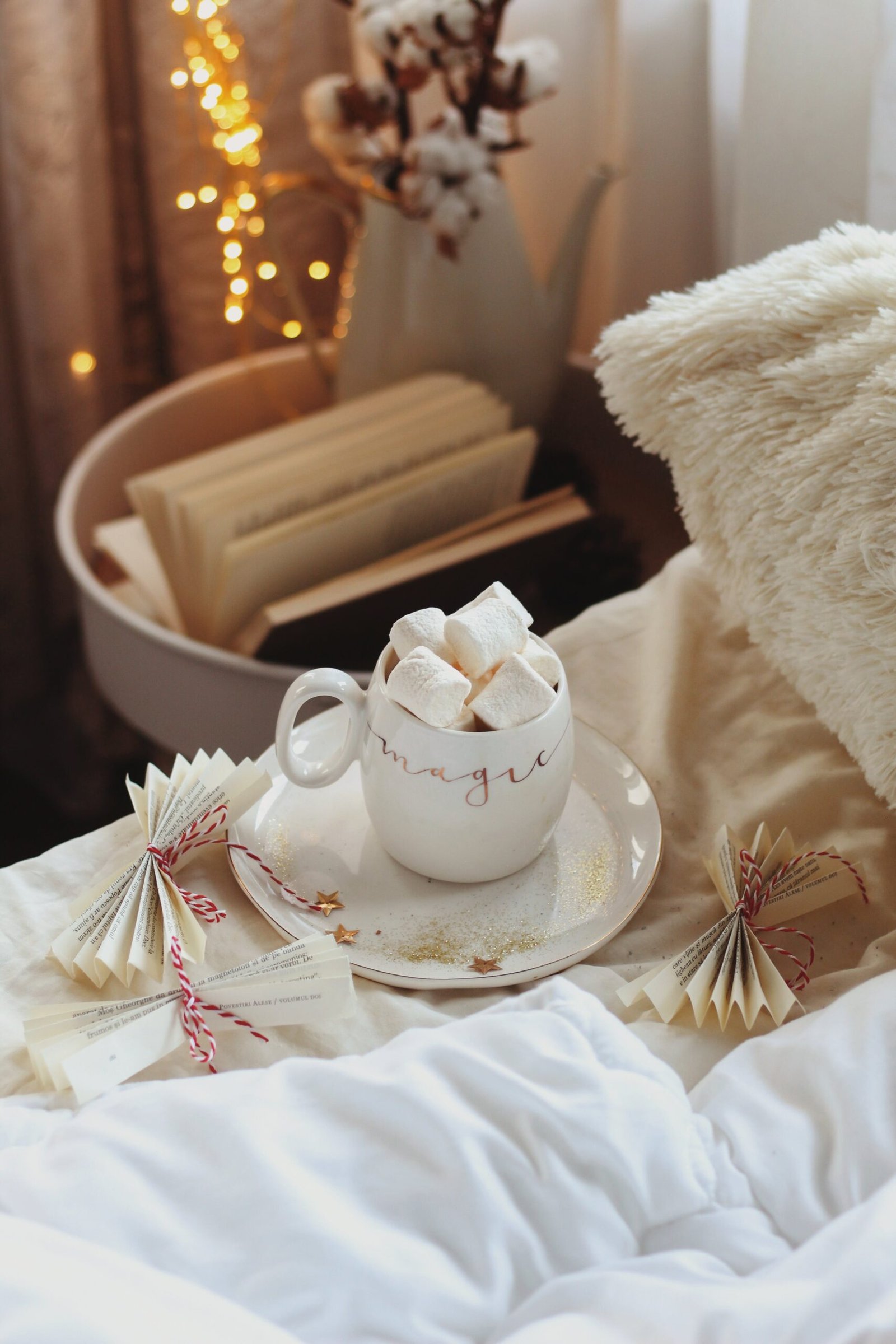Are you constantly feeling overwhelmed by the clutter in your home? Do you find it hard to stay organized and keep everything in its proper place? If so, then this article is for you. In this guide, you will discover practical tips and techniques to improve your home organization and decluttering skills. From simple strategies to tackle one room at a time to effective storage solutions and decluttering methods, you’ll learn how to create a more organized and peaceful living environment. Say goodbye to the chaos and hello to a clean and clutter-free home.

1. Set Clear Goals
When it comes to improving your home organization and decluttering skills, it’s important to begin by setting clear goals. This will help you stay focused and motivated throughout the process.
1.1 Define the Purpose of the Organization
Start by defining the purpose of your organization. Ask yourself what you hope to achieve by decluttering and organizing your home. Whether it’s creating a more peaceful living environment or increasing productivity, clarifying your purpose will guide your actions and keep you on track.
1.2 Identify Problem Areas
Take a look around your home and identify the problem areas that need attention. It could be a messy closet, overflowing kitchen cabinets, or a cluttered home office. Making a list of these areas will help you prioritize your efforts and tackle one task at a time, avoiding overwhelm.
1.3 Establish Realistic Timeline
Setting a realistic timeline is crucial to prevent procrastination and ensure that you stay committed to your organization goals. Break down your tasks into smaller steps and allocate a specific timeframe for each. Remember to be flexible, as unexpected challenges may arise along the way, but having a general timeline in place will give you a sense of structure and progress.
2. Create a System
Creating a system is key to maintain an organized home. It helps establish order and ensures that everything has a designated place.
2.1 Categorize Items
Start by categorizing your belongings. Group similar items together, such as clothes, books, or kitchen utensils. This will not only make it easier to find things when you need them but also allow you to see the quantity of items you have in each category, helping you decide what to keep or let go of.
2.2 Determine Storage Solutions
Once you’ve categorized your items, determine the best storage solutions for each category. Invest in storage containers, bins, shelves, or other organizers that suit your needs and the layout of your home. Consider factors like accessibility, visibility, and convenience when deciding on storage solutions.
2.3 Label Everything
Labeling is a simple yet effective way to maintain an organized home. Use labels to mark storage containers, shelves, and drawers. This will make it easier for you, your family members, or roommates to find and put things back in their proper place. Labeling also adds a visually appealing touch to your organized spaces.
3. Start Small
It’s easy to feel overwhelmed when faced with the task of decluttering and organizing an entire home. Starting small and breaking the process into manageable chunks can help you stay focused and motivated.
3.1 Pick One Room or Area at a Time
Instead of trying to tackle everything at once, pick one room or specific area to focus on. This allows you to direct your energy and attention to a smaller space, making the task more manageable. Once you’ve completed one area, move on to the next, gradually working your way through your entire home.
3.2 Break Tasks into Manageable Chunks
Within each room or area, break down the tasks into smaller, manageable chunks. For example, if you’re organizing a closet, start by sorting through clothes, then move on to shoes, accessories, and so on. Breaking tasks into smaller steps makes them feel less daunting and allows you to make progress at a steady pace.
3.3 Focus on One Category of Items
Another strategy for starting small is to focus on one category of items at a time. For instance, dedicate a day to decluttering and organizing your books, and another day for sorting through paperwork. By tackling one category at a time, you can give it your full attention and make better decisions on what to keep and what to let go of.
4. Sort and Declutter
Sorting and decluttering are essential steps in the organization process. They enable you to reduce the number of unnecessary items and create a more streamlined and efficient living space.
4.1 Sort Items into Keep, Donate, and Trash Piles
As you go through your belongings, sort them into three separate piles: keep, donate, and trash. Be honest with yourself and only keep items that you truly need or bring you joy. Consider donating items that are in good condition but no longer serve a purpose in your life, and discard any damaged or unusable items.
4.2 Letting Go of Sentimental Items
Letting go of sentimental items can be challenging, but it’s an important part of the decluttering process. If you find it difficult to part with certain sentimental items, take a moment to reflect on their true value in your life. Consider taking photos of the items to preserve the memories without needing to hold onto the physical objects.
4.3 Managing Paperwork and Documents
Paperwork and documents can quickly pile up and create clutter in your home. Establish a system for managing these items, such as using file folders or digital storage solutions. Create different categories for bills, important documents, and other paperwork to make it easier to find and access them when needed. Consider going paperless whenever possible to reduce the amount of physical paperwork in your home.

5. Maximize Storage Space
Maximizing storage space is essential for maintaining an organized home. By utilizing vertical space, investing in functional storage solutions, and using multi-purpose furniture, you can make the most of the available space in your home.
5.1 Utilize Vertical Space
Vertical space, such as walls and the back of doors, often goes unused. Install shelves, hooks, or hanging organizers to take advantage of this valuable space. Use wall-mounted baskets or bins to store frequently used items, and consider using over-the-door organizers for shoes, accessories, or cleaning supplies.
5.2 Invest in Functional Storage Solutions
Investing in functional storage solutions can make a significant difference in your home organization efforts. Look for storage containers or bins that are stackable, collapsible, or have dividers to maximize space and keep items neatly organized. Drawer organizers, closet systems, and under-bed storage are also excellent options to consider.
5.3 Use Multi-Purpose Furniture
Multi-purpose furniture can be a game-changer in small spaces or rooms with limited storage options. Look for furniture pieces that offer hidden storage compartments, such as ottomans, coffee tables, or beds with built-in drawers. This allows you to declutter by storing items out of sight while maximizing the functionality of your furniture.
6. Develop a Routine
Developing a routine is crucial for maintaining an organized home in the long run. By incorporating daily decluttering habits, setting aside regular organizing sessions, and scheduling monthly maintenance tasks, you can ensure that your home stays clutter-free.
6.1 Designate Daily Decluttering Habits
Make decluttering a part of your daily routine by designating specific habits. For example, commit to spending 15 minutes each day tidying up a particular area, such as the kitchen counter or entryway. Put items back in their designated places and take a moment to reassess if there are any items that can be decluttered or put away.
6.2 Set Weekly Organizing Sessions
In addition to daily decluttering habits, set aside a specific time each week for larger organizing sessions. Use this time to tackle any remaining clutter, reorganize spaces that may have become disorganized, and ensure that everything is in its proper place. This weekly routine will help prevent clutter from accumulating and maintain an organized home.
6.3 Monthly Maintenance Tasks
Once a month, schedule maintenance tasks to keep your home organized. This can include tasks like deep cleaning, organizing digital files, checking expiration dates on pantry items, or going through your wardrobe to identify any items that can be donated. Monthly maintenance tasks help you stay on top of clutter and ensure that your home remains organized and functional.

7. Get Rid of Unused Items
Getting rid of unused items is essential for maintaining a clutter-free home. Regularly assess your belongings, consider selling or donating items that no longer serve a purpose, and properly discard unusable items.
7.1 Regularly Assess Your Belongings
Take time every few months to assess your belongings and decide if they still serve a purpose or bring you joy. Consider if you’ve used or needed certain items in the past year, and if not, it may be time to let them go. This process helps prevent unnecessary accumulation and keeps your home clutter-free.
7.2 Consider Selling or Donating
Items that are in good condition but no longer needed or wanted can be sold or donated. Consider hosting a garage sale, using online marketplaces, or donating to local charities or organizations. By giving these items a new home, you reduce waste and help others in need.
7.3 Properly Discard Unusable Items
For items that are damaged, broken, or simply unusable, it’s important to properly discard them. Check local waste management guidelines or recycling centers to ensure you dispose of them in environmentally friendly ways. This helps minimize unnecessary clutter and promotes sustainable practices.
8. Maintain Organized Spaces
Maintaining organized spaces is an ongoing process that requires consistent effort. By putting things back where they belong, regularly resetting and tidying up, and involving family members or roommates, you can ensure that the organization efforts are upheld.
8.1 Put Things Back Where They Belong
A crucial part of maintaining an organized home is making a habit of putting things back where they belong. Encourage everyone in the household to follow this principle to avoid items piling up and to maintain the order that has been established. By simply taking a few moments after using something to return it to its designated place, you can prevent clutter from accumulating.
8.2 Regularly Resetting and Tidying Up
Set aside time each day or week to reset and tidy up your spaces. This involves going through each room or area and putting things back in their designated places, ensuring surfaces are clear, and eliminating any immediate clutter. Regularly resetting and tidying up prevents small messes from turning into big ones and helps maintain an overall organized environment.
8.3 Involve Family Members or Roommates
Maintaining organized spaces should be a team effort, especially if you share your home with family members or roommates. Encourage open communication about organization goals and distribute responsibilities among everyone. By involving others in the maintenance of organized spaces, you ensure that everyone feels a sense of ownership and is accountable for their contributions to a clutter-free home.
9. Seek Inspiration and Ideas
Finding inspiration and seeking new ideas can provide fresh perspectives and motivation as you work on improving your home organization and decluttering skills.
9.1 Explore Home Organization Blogs and Websites
There is a wealth of information available on home organization through blogs and websites. Explore popular blogs or websites dedicated to organization and decluttering for ideas, tips, and tricks. These resources often share real-life stories, step-by-step guides, and before-and-after transformations to inspire and guide you on your journey.
9.2 Watch Organization Videos and Tutorials
Videos and tutorials are another great way to seek inspiration and learn new techniques for home organization. Platforms like YouTube and social media often have content creators who specialize in organization and offer visual demonstrations and helpful tips. Take advantage of these resources to discover new ways to transform your living spaces.
9.3 Attend Local Workshops or Conferences
If you prefer a more hands-on approach, consider attending local workshops or conferences focused on home organization and decluttering. These events often feature expert speakers who can provide valuable insights and practical advice. Additionally, they provide opportunities to connect with like-minded individuals and share experiences and tips.
10. Practice Self-Discipline
Improving your home organization and decluttering skills requires self-discipline and a commitment to maintaining a clutter-free space.
10.1 Avoid Impulse Purchases
One of the biggest challenges in maintaining an organized home is avoiding impulse purchases. Before buying new items, evaluate whether they truly serve a purpose, fit in with your existing belongings, and align with your organizational goals. By practicing discipline in your purchasing decisions, you can prevent unnecessary clutter from entering your home.
10.2 Limit Paper and Mail Clutter
Paper and mail clutter can quickly accumulate and become overwhelming if not managed properly. Implement strategies to limit paper and mail clutter, such as opting for electronic statements, unsubscribing from unnecessary mailings, and regularly sorting through mail to discard unimportant items. Create a designated space for important documents and establish a routine for processing and organizing incoming mail.
10.3 Adopt Minimalist and Mindful Living
Adopting a minimalist and mindful approach to your belongings can greatly enhance your home organization efforts. Consider the quality and value of the items you own, focusing on what truly brings you joy and serves a purpose in your life. By embracing a less-is-more mindset, you can reduce clutter and create a more intentional and harmonious living environment.
In conclusion, improving your home organization and decluttering skills is a process that requires commitment, planning, and perseverance. By setting clear goals, creating a system, starting small, sorting and decluttering, maximizing storage space, developing a routine, getting rid of unused items, maintaining organized spaces, seeking inspiration and ideas, and practicing self-discipline, you can transform your home into a clutter-free and organized haven. Remember, the key is to take it one step at a time and enjoy the journey of creating a functional and harmonious living space.







